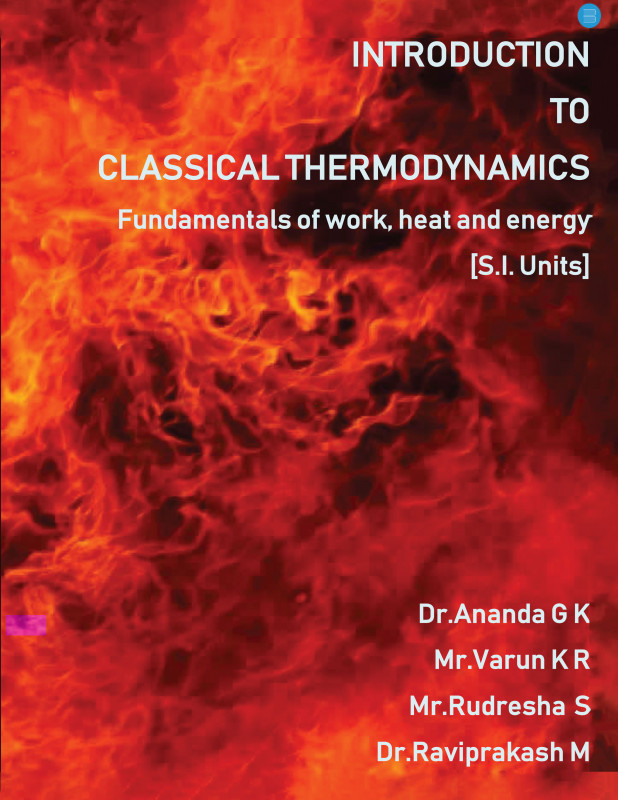Introduction to Classical Thermodynamics
by Dr.Ananda G K | 06-May-2022
(0)
It is well known that thermodynamics presents students with particular difficulties. They find the concepts evasive and the methods obscure. These problems arise because it is traditional to emphasize at the outset how general thermodynamics is. U...
Original
Books
Fastest
Delivery
7-day
Replacement
Book Details
- Language : English
- Pages : 416
- ISBN :
- Genre: ACADEMIC
- Size : 8.5 x 11
- Binding Type : PAPERBACK
- Age Group: + Years
- Paper Type : NATURAL SHADE/ OFF-WHITE PAPER
- Interior : BLACK & WHITE
- Cover : GLOSS FINISH
- Book Type : PAPERBACK
- Tags : Introduction to Classical Thermodynamics
-
Best Sellers Rank :
#1 in Academics
#2 in Global
Reviews
There are no reviews for this product yet.

 USD
($)
USD
($) AUD
($)
AUD
($) CAD
($)
CAD
($) EUR
(€)
EUR
(€) HKD
($)
HKD
($) MYR
(RM)
MYR
(RM) GBP
(£)
GBP
(£) SGD
($)
SGD
($)







